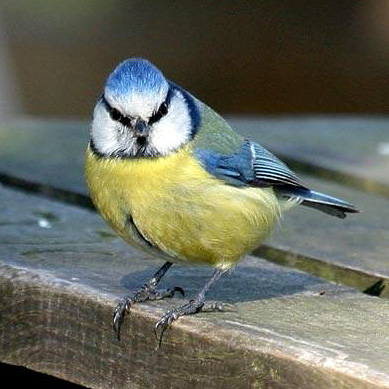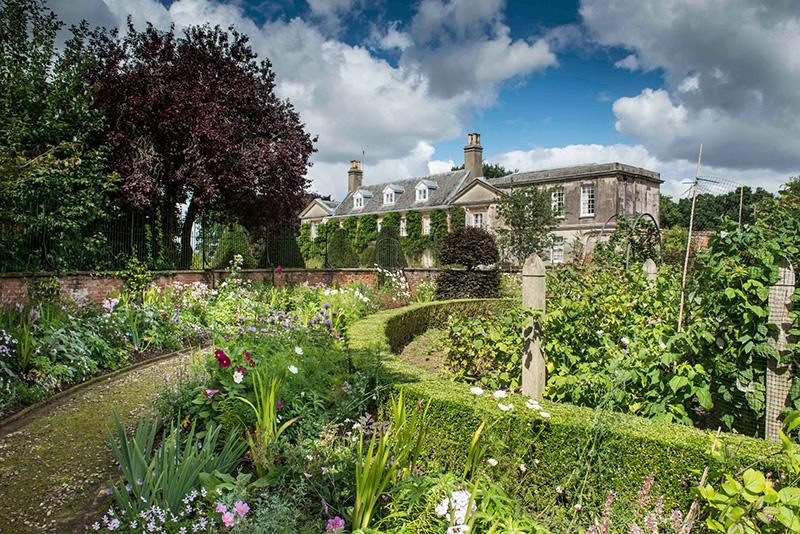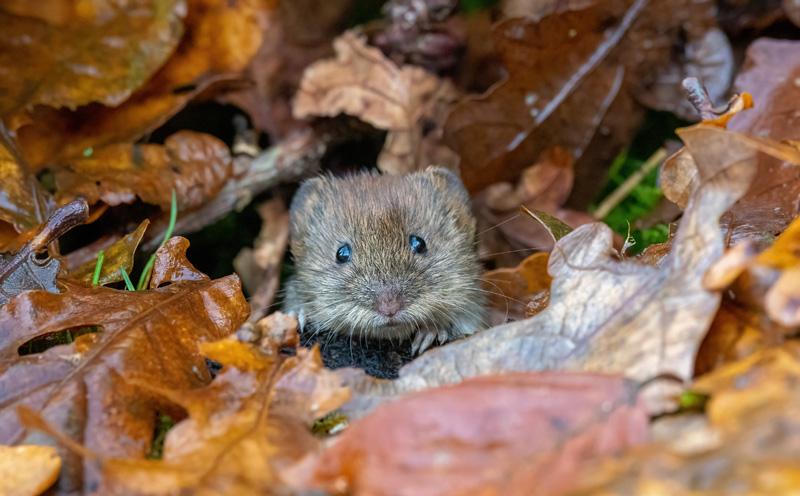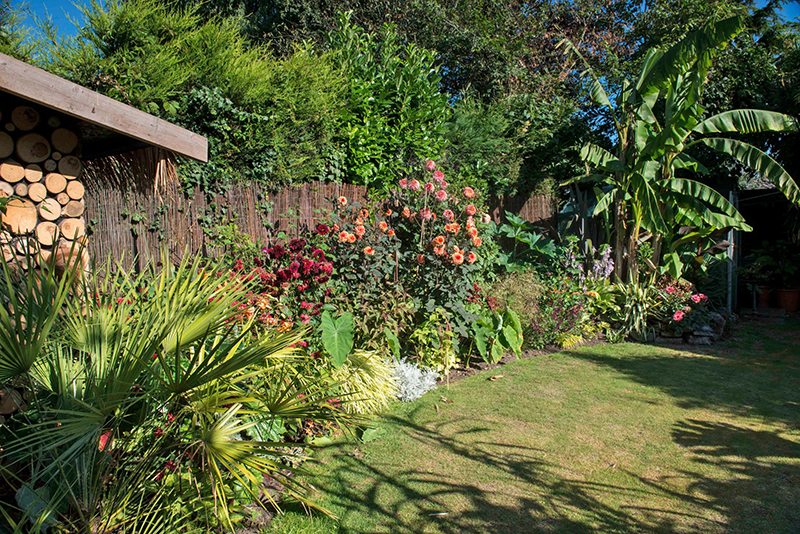Evidently, from the phenomenon dating back to the 1960s of Blue Tits teaching one another how to open traditional British milk bottles with foil tops to get at the cream underneath, the Blue tit is a small, but clever bird.
Characteristics
The blue crown and dark blue line passing through the eye and encircling the white cheeks to the chin, give the Blue Tit a very distinctive appearance. The forehead, eye streak, and a bar on the wing are also white. The nape, wings and tail are blue; the back is yellowish green; the under parts mostly sulphur-yellow with a dark line down the abdomen. The bill is black, and the legs bluish grey. The young are much more yellow than the old birds.
 Habitat
Habitat
Originally a woodland bird, the Blue Tit will nest wherever there is a suitable small hole, in a tree or nesting box. As a rule the bird roosts in ivy or evergreens, but in hard weather will shelter in a hole.
 Behaviour
Behaviour
The Blue Tit is a valuable destroyer of pests, though it is fond of young buds of various trees, and may pull them to bits in the hope of finding insects. No species, however, destroys more coccids and aphids, the worst foes of many plants. It takes leaf miner grubs and moths.
The song period lasts almost all the year round, but is most often heard during February to June. It has a large vocabulary of calls and songs consisting of two or three notes followed by a rapid thrill.
 Blue Tits are talented gymnasts in the slender twigs. A Blue Tit will often ascend a trunk in short jerky hops and display perky acrobatic performances when feeding on nuts or suet. It swings beneath the holder, calling tee, tee, tee or a scolding churr.
Blue Tits are talented gymnasts in the slender twigs. A Blue Tit will often ascend a trunk in short jerky hops and display perky acrobatic performances when feeding on nuts or suet. It swings beneath the holder, calling tee, tee, tee or a scolding churr.
B.A.C.










